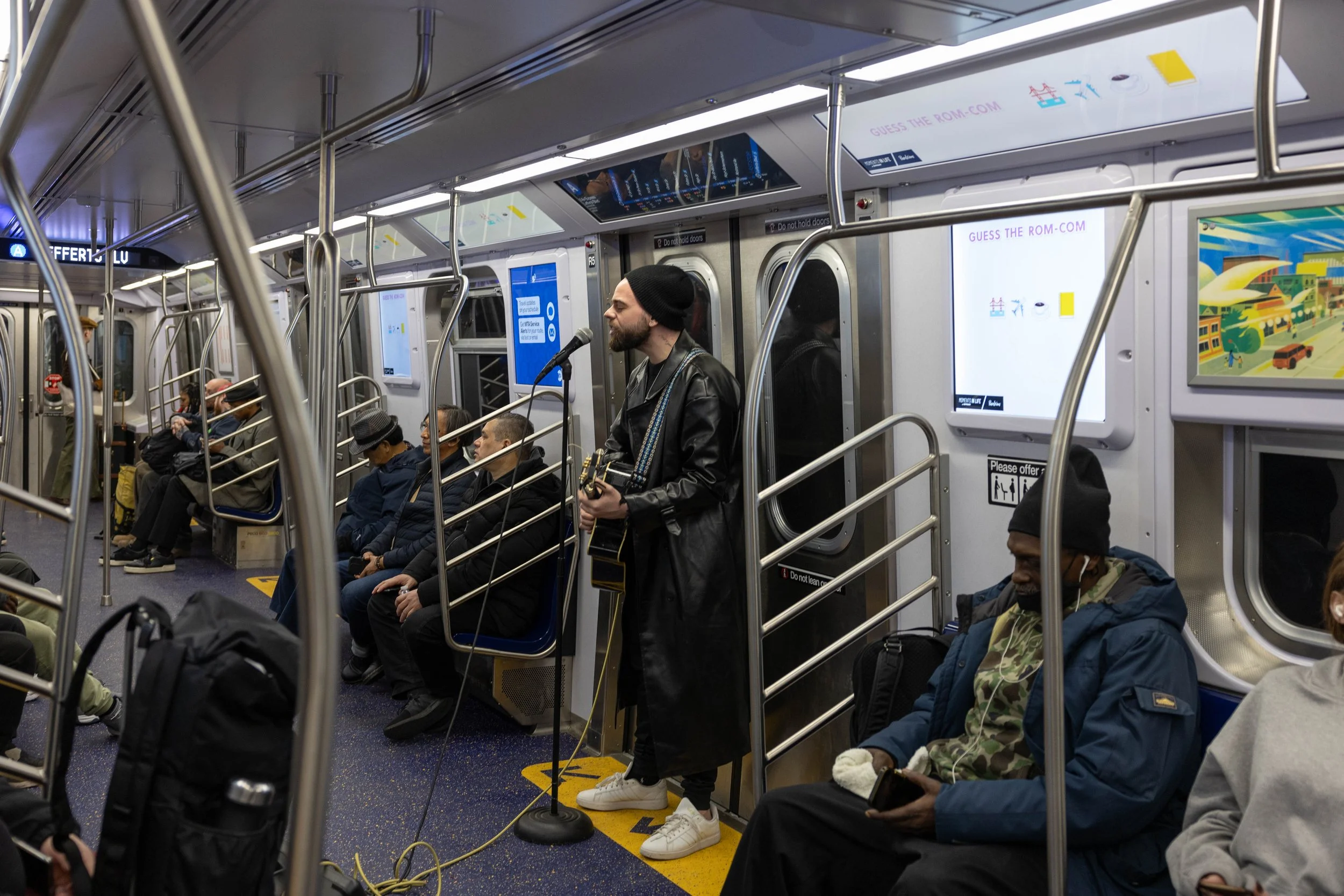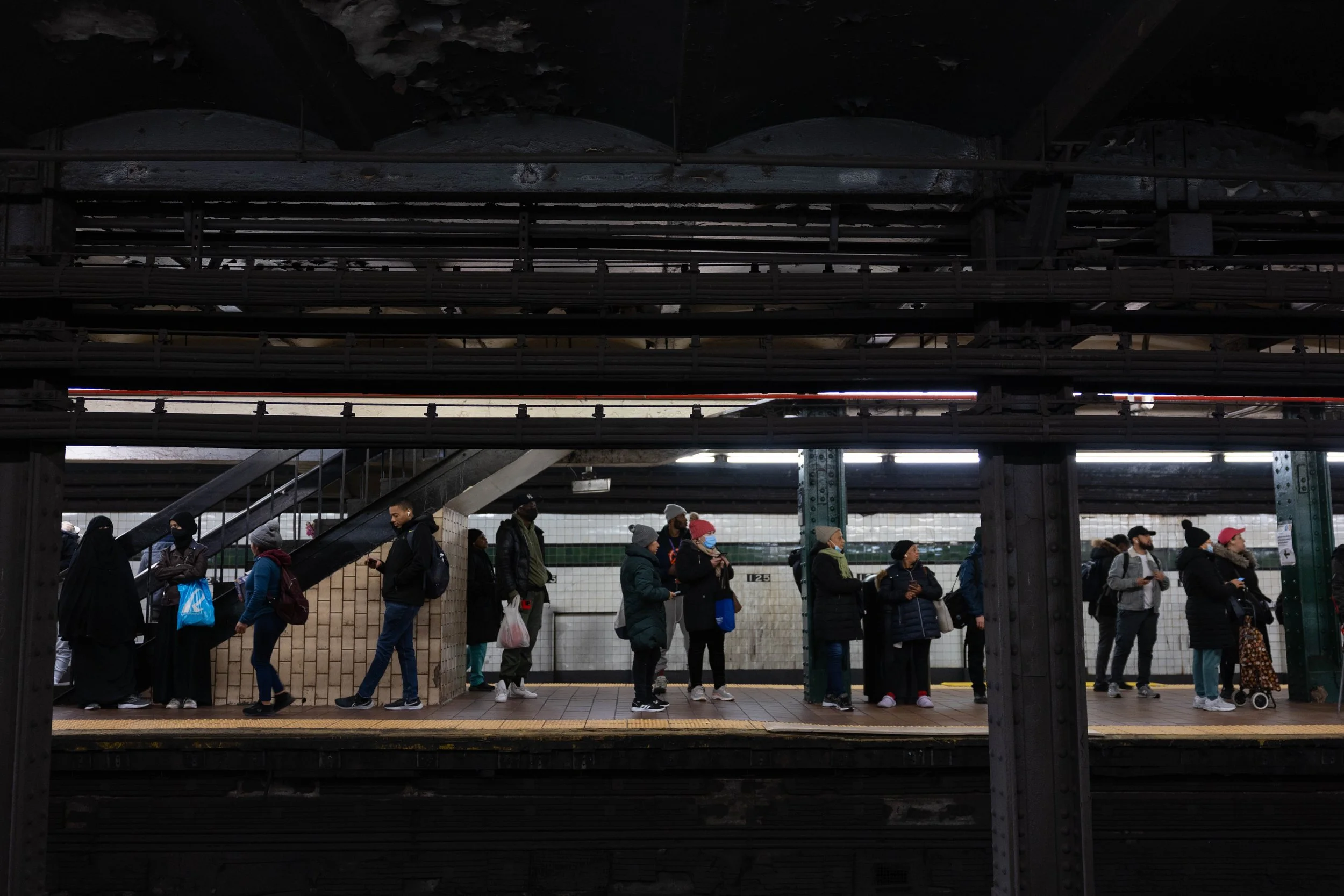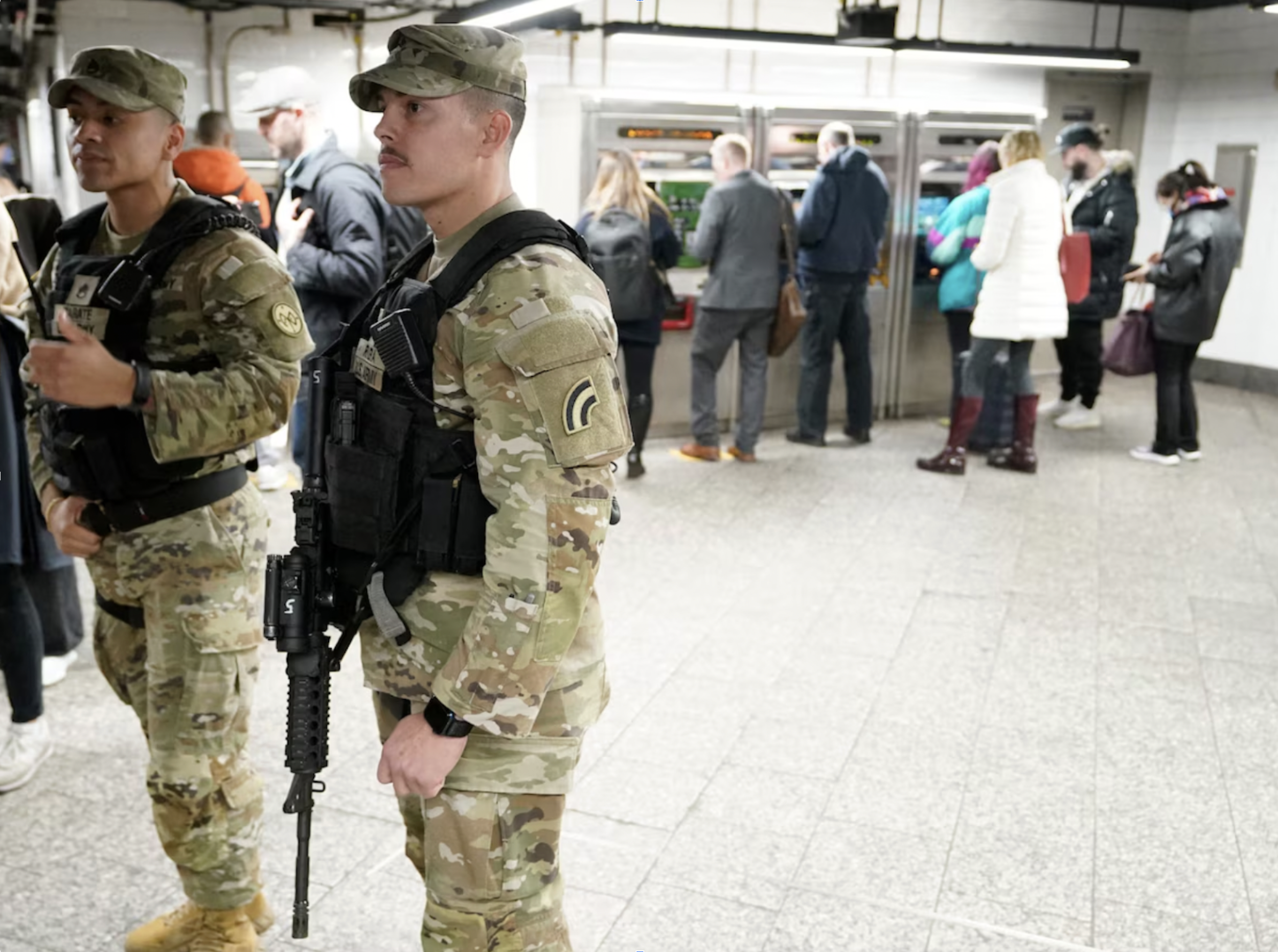Future of Mobility: Bringing AI to the historic A line

The subway system is at the heart of New York City’s culture. A single subway line brings together people from varying races, classes, and professions. Take the A line for example - the longest subway line in NYC, which opened in 1932. By 1936, the A train extended into Bedford-Stuyvesant in Brooklyn. Today, New Yorkers rely on the subway for daily commutes - only 30% of NYC residents use cars to get to work.
Layers of the A-line’s history are exemplified through each station and subway car. The A train has one of the longest stops between stations - running from 59th street to 125th street in just 8 minutes. The difference between these two stops are poignant, you can see two completely different worlds within Manhattan. Despite the romance of the A-line, the issue that is top of mind for its passengers is safety.
AI implementation: Misapplication or innovation?
With the increasing demand to use technology to automate, expedite, and simplify our lives, we wanted to understand if riders truly see AI implementation as a necessary improvement for the subway system. We spoke to 9 subway riders on the A line across various stations in Manhattan. We stopped at Fulton, Canal, West 4th, Penn Station, and 125th Street and asked people about fare evasion and their knowledge of AI in subway stations.
The implementation of AI will use facial recognition and tracking technology to catch fare evaders and calculate exactly how much money the Metropolitan Transit Authority (MTA) are losing to fare evasion. AI seems to be the obvious solution to the issues many New Yorkers face while taking the subway. It fights crime by finding and catching people who are evading, and allows the MTA to save money and put it back into the subway system. AI could also resolve the complaint that people behave inappropriately on the subway or catch people littering if facial tracking technology is continuously being used throughout subway cars as well. Eventually, with more money being put into the MTA, this might solve one of the biggest issues commuters report: that it’s gross.
“Implementing AI is going to lower down the crime rate in the transit system - which is a good thing.”
The MTA’s AI implementation is a classic example of failing to attend to the basics. The hope is that technology will miraculously make the fundamental problems go away.
Riders are concerned that their money isn’t going towards making the subway cleaner and safer, and instead going to unnecessary technology to catch fare evasion. The MTA already took steps recently to increase profit by raising the fare from $2.75 to $2.90. Riders are concerned their money is not improving the subway system when there are obvious maintenance issues - especially in stations that aren’t in downtown Manhattan.
With subway violence on the rise, the MTA recently brought in the National Guard - yet another grandiose act without opting for simpler, less invasive, tactics to improve safety. Simple elements like improving lighting, putting up barriers, and sanitation – and while some of this does occur, the disparity between the stations renders these improvements insufficient.
There’s a tension between wanting the subway to be safer, cleaner, and more efficient and not wanting to feel ‘watched by the government’ through the use of AI. Questions remain regarding whether or not AI will be effective for improving safety – it could just be a way to track and collect data from people.Some New Yorkers are hopeful that the implementation of AI might make the subway a safer commute, but others see facial tracking technology as a waste of their MTA money and a privacy concern.
“Fare evasion happens all the time. It’s part of New York’s culture.”
When looking at AI, it’s not just about the technology itself, but the cultural attitudes surrounding fare evasion. The average subway rider doesn’t perceive fare evasion to be an issue. The mind-your-own-business attitude of New Yorkers means that most are not bothered by fare evasion. In actuality, there seems to be a good amount of empathy towards those who fare evade. Most assume that if you’re fare evading, you’re doing it out of necessity.
The misapplication of AI technology leaves riders frustrated at innovation methods which feel irrelevant to their commute.
For innovation to take place, there must be a strong foundation upon which to build. Without basic infrastructure, other innovation tactics feel unnecessary. Despite the frustrations and distrust riders have towards the MTA, New Yorkers will reluctantly continue to ride the subway for the sake of convenience. But as the MTA cracks down on fare evasion through AI, questions still remain on how much New Yorkers are willing to tolerate the subway. Would the MTA be better directing the benefits of AI technology to make the system safer for its passengers?
Words and podcast by Carolyn Fahrner and Ethan Mazursky
Photography by Sophie Hatch




